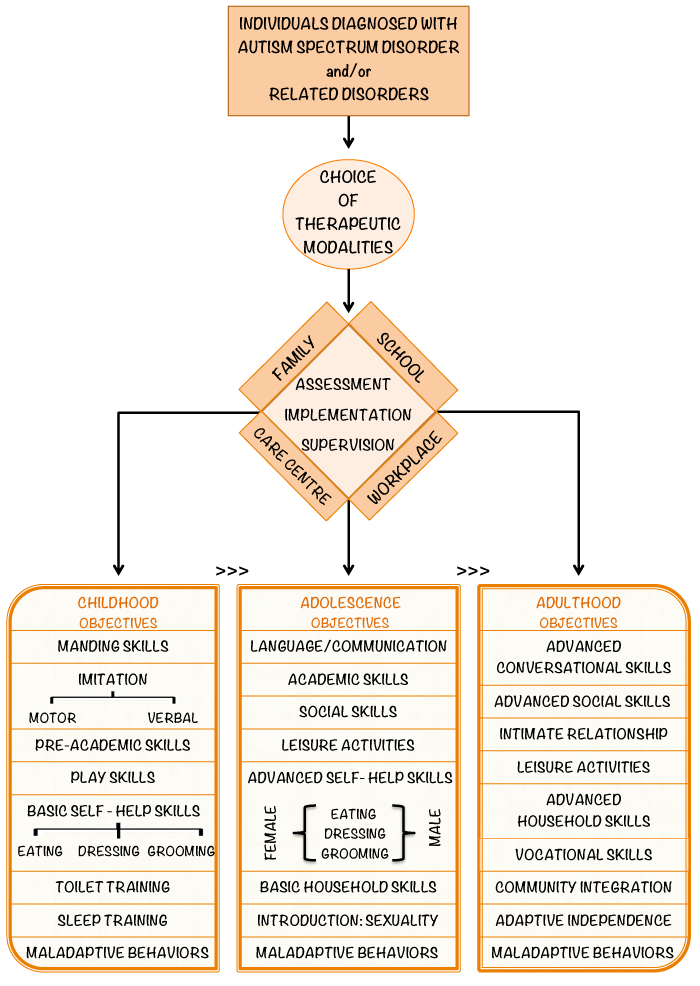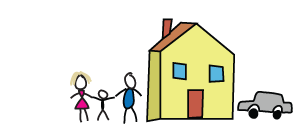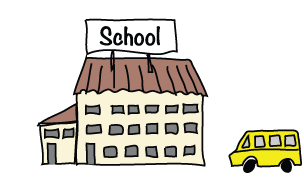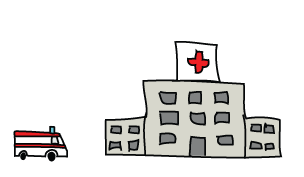Our consulting services are aimed at eliminating or decreasing problem behaviors and at attaining age-appropriate objectives for infants, children, adolescents, and adults. Led by our principal consultant, dott.ssa Loredana Lembo, our advisory contains assessments; training; treatment components; and follow-up services. Our service delivery takes place in the family setting, the school environment, in day-care and residential centers, and/or in the workplace.
Taking into consideration conducive factors such as the motivation, the learning style and the environment of our client, we design individualised interventions that can, where deemed effective, be integrated into additional and/or existing treatment approaches. By doing so, we adhere to our Service Delivery Model designed by dott.ssa Lembo; an approach which is fundamentally based upon the pragmatic implementation of Applied Behavior Analysis/Verbal Behavior (ABA/VB) science.


At AutismService we hold the fundamental belief that 'parents know best'. Hence, our services are structured around a team-based approach wherein the parents take centre stage.
Our Home Delivery Model contains the following treatment components:
A functional assessment of the problem behaviors is conducted through direct observation of your child in his/her natural settings, and through conducting interviews with caregivers. We carry out criterion-referenced assessments that are designed not to diagnose or to measure delay but rather to determine which skills your son/daughter is able to perform and which skills he/she can learn next.
At AutismService we use the folllowing set of assessments:
The outcome of the assessment is used to guide the design of developmentally appropriate intervention goals. Using the assessment's data as a baseline, we implement and, by means of additional observation, we fine-tune the treatment plan. The latter meets your child's unique needs based on age (e.g. toilet training for a child; how to utilize and apply make up for an adolescent; how to organize a storage room for an adult). The intervention goals are aimed at increasing desired behaviors whilst decreasing problem behaviors.
At AutismService, the content of the intervention plan is comprehensive and contains a series of interventions aimed at increasing behaviors in the areas of socialization; communication; self-care; health and safety; use of communal space (e.g. library, public transport, cinema, supermarket, etc.); play; academic skills, and so forth. Our interventions furthermore seek to eliminate problem behaviors such as self-stimulatory behaviors; feeding problems; non-compliance; tantrums; running away; self-injurious behavior; aggression; property destruction; etc. In support of adolescents and adults, we are committed to strengthen the abilities needed to be as independent as possible in their homes and community. Moreover as to facilitate a transition to a lower-restrictive or independent living environment, we put accent on communication; domestic and vocational skills; and also on self-care and self management.
We provide tailored training to the parents (and to relatives); to the child’s intervention team; and to all others deemed significant by the family (e.g. baby-sitter) in order to ensure that the Intervention Plan is properly implemented. This training maintains emphasis on the application of the ABA/VB method and on data collection; DTT (Discrete Trial Teaching); PRT (Pivotal Response Training); PECS; school shadowing; play skills; social and vocational skills, and Non-violent Crisis Intervention (strategies for safely defusing hostile or violent behaviors).
AutismService firmly believes in evidence-based treatment and thus fully appreciates the importance of taking data on your child’s progress. Measuring the progress of your son/daughter through data collection prevents time from being wasted since data indicates whether the child has generalized his/her skills and thus is ready to move on to the next phase in the behavior intervention plan. Moreover, direct and continuous measurements enable the practitioner to detect small improvements in performance that otherwise can be missed. Any of the training components will be redefined according to the progress made by your son/daughter.
We monitor your child’s behavior and the implementation of his/her behavior intervention plan in order to ensure optimal progress thus enabling him/her to reach full potential. We offer onsite supervision in the family home, at school, in the workplace, and we can also arrange for distance supervision through use of internet meeting tools (e.g. Skype, WebEx, etc.). This can entail, where it befits, the analysis of videos* that depict recordings of behaviors (* honoring privacy laws and after obtaining all necessary permissions).

Our Service Delivery Model for schools is structured around a team-based work method wherein we act as part of a synergy with the school teachers and staff to support students reaching their goals. Our process focuses on the integration of our ABA/VB intervention program with the school curriculum.
Our School Delivery Model contains the following treatment components:
We conduct a functional assessment of the problem behaviors through direct observation of the student in his/her academic settings, and through interviews with teachers and other school staff. We also carry out criterion-referenced assessments that are designed not to diagnose or to measure delay but rather to determine which skills the student is able to perform as well as which skills the student can learn next.
At AutismService we use the folllowing set of assessments:
The outcome of the assessment is used to guide the design of developmentally appropriate intervention objectives. The latter are adapted in accordance with the school curriculum and individualized in support of the unique needs of the student (e.g. age specific, cognitive level, environment, etc.).
Specific training can be provided to teachers and other school staff. We provide training on how to integrate ABA/VB methods in the daily teaching strategies and how to adapt the environment and the worksheets in order to facilitate the learning and the socialization process of the student with others in the class. Overall, any training component will be redefined according to the progress made by the student.
We monitor the student’s behavior and the implementation of his/her behavior intervention plan as to ensure optimal progress thus enabling him/her to reach his/her full potential. We offer onsite supervision at school, and we can also arrange for distance supervision through use of internet meeting tools (e.g. Skype, WebEx, etc.). This can entail, where it befits, the analysis of videos* that depict recordings of behaviors (* honoring privacy laws and after obtaining all necessary permissions).

We aim to integrate our ABA/VB intervention program with the services offered and the ethos adhered to by the day-care or residential centre. This process is managed through a team-based approach in which our behavior consultant and the centre staff work in tandem to help the client to reach his/her goals.
We conduct a functional assessment of the problem behaviors through direct observation of the client in his/her natural settings at the centre, and through interviews with the centre staff. We also carry out criterion-referenced assessments that are designed not to diagnose or to measure delay but rather to determine which skills your client is able to perform as well as which skills the client can learn next.
At AutismService we use the folllowing set of assessments:
The outcome of the assessment is used to guide the design of developmentally appropriate intervention objectives. These latter are individualized to meet the unique needs of the client (e.g. age specific, cognitive level, environment, etc.), and they are aimed at increasing desired behaviors whilst decreasing problem behaviors. The behavioral intervention plan can be integrated in the rehabilitation plan created by the centre’s supervisor.
Specific training on how to integrate the ABA/VB methods into the daily intervention strategies can be provided to the centre staff. Overall, any training component will be redefined according to progress made by your client.
We monitor the client’s behavior and the implementation of his/her behavior intervention plan as to ensure optimal progress thus enabling him/her to reach his/her full potential. We also offer onsite supervision in the centre, and we can arrange for distance supervision through use of internet meeting tools (e.g. Skype, WebEx, etc.). This can entail, where it befits, the analysis of videos* that depict recordings of behaviors (* honoring privacy laws and after obtaining all necessary permissions).